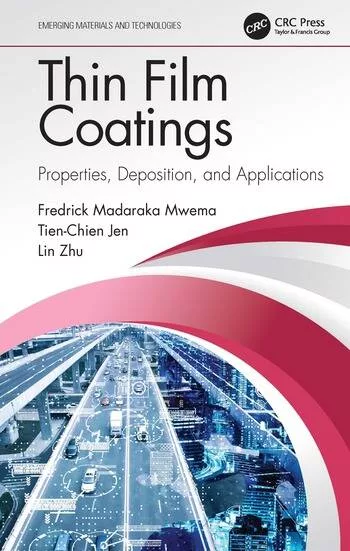Niche and End-Use Applications to Stimulate Epoxy Resins Market
SAN JOSE, CA – According to a new report by Global Industry Analysts Inc. (GIA), niche and end-use applications will stimulate growth opportunities for the global epoxy resins market.
The worldwide market for epoxy resins is slated to reach 3.03 million tons by the year 2017. Growing use of epoxy resins in niche and relatively untapped end-use applications such as marine and maintenance coatings, bonding applications, decorative powder coatings, electrical laminates, and flooring and paving are expected to generate substantial growth in the market. Additionally, heightened R&D efforts directed towards enhancing epoxy resin reactivity, coating performance, and flexibility and development of innovative products for specific industry needs will boost prospects in the medium to long term.
Epoxy resins are one of the most widely used and versatile compounds in the polyester or orthophthalic resins family. The resins form a highly versatile family of thermosetting resins known for their superior electrical and mechanical properties, excellent resistance against higher temperatures, dimensional stability, large number of chemicals, and their strong adhesion to a wide range of materials like fibers, glass and metal. Primary growth areas for epoxy resins include the traditional packaging and coatings sectors, particularly the powder coatings and waterborne coatings industries. Demand for epoxy resins is immense, with epoxy/polyester hybrids exhibiting strong gains due to their low cost and solid performance in both interior and exterior applications. Coatings remain one of the major application areas for epoxy resins, contributing a substantial share in the total volume sales registered for the global market. High-performance industrial coatings in particular prove to be the major end-use segment for epoxy resins, driving huge gains in the market.
Participants in the epoxy resins industry are currently upbeat about increased R&D activity, which is expected to generate substantial opportunities for the market over a period of time. Most of the R&D work has been dedicated to designing and manufacturing new epoxy resins, diluents and curing agents that enable formulation of low- or zero-VOC systems, which in turn will drive the market focus away from conventional low-solid formulations to environment-friendly systems like powder coatings and waterborne coatings. The stringent VOC emission standards drafted in the Clean Air Act have encouraged the industrial coatings sector to continue its shift away from conventional solvent-borne liquid coatings to environment-friendly powder coatings, water-based coatings, radiation-cured and electro-deposition coatings, which will generate substantial opportunities for epoxy resins in the short- to medium-term period. The escalating demand from end-use segments such as marine and maintenance coatings in Asia is likely to prop up demand and drive growth in the epoxy resin market.
Highly correlated to national GDP growth, the market is susceptible to economic downturns, particularly in the automotive, housing and construction industries. Factors such as higher oil prices, feedstock costs, propylene and chlorine prices pressure epoxy producers to increase prices. Such market fundamentals play a dominant role in regulating the overall market. Though demand for epoxy resins in the construction, electrical and electronics, composites, and automotive sectors was adversely affected due to the impact of economic recession, a steady inflow of orders from energy and aerospace industries provided some respite to the otherwise depressed epoxy resins market in 2008-2009. The wind-energy sector especially presented strong market opportunities for epoxy resins over the last few years, thereby helping the market sustain momentum during the recession. While demand for epoxy resins in developed nations such as the United States, Europe and Japan was hit hard, the market in developing regions, including the Asia-Pacific, witnessed steady demand, largely due to robust construction and the automotive sector in emerging economies such as China and India.
Globally, industrialized countries such as Europe, the United States and Japan, which in the early part of the decade represented the largest consumers of epoxy resins, are today being elbowed aside by developing countries in Asia-Pacific and Latin America. Demand for these resins exhibits a cyclical pattern, with consumption falling during recession and picking up during an economic boom. Future growth for epoxy resins is forecast to stem exclusively from the emerging economies of Asia-Pacific, Latin America and Eastern Europe. Asia-Pacific, buoyed by rapid industrialization, production and demand from China, is well positioned as the single-largest regional market for epoxy resins, garnering the lion’s share of the worldwide sales, as stated by the report. The region is also forecast to display the overall fastest CAGR, about 7.6 percent through 2017, stemming from robust growth in the construction and automotive sectors in China and India. By end-use segment, the coatings market registered the largest market gains, sustained by heavy demand from the solvent-based coatings sector.
For more information about the report, titled Epoxy Resins: A Global Strategic Business Report, visit http://www.strategyr.com/MCP-2057.asp.
Looking for a reprint of this article?
From high-res PDFs to custom plaques, order your copy today!





